Application of extruded polystyrene foam XPS
It has been experimentally established that external walls, in the absence of proper thermal insulation, are the main source of heat loss. Up to 45% of the heat can “evaporate” through them. Therefore, special attention must be paid to the insulation of enclosing structures. At the same time, thermal insulation work is possible both during the construction of new buildings and during the repair of existing buildings and structures.
To avoid significant heat loss from the very beginning of the facility’s operation, thermal insulation work is carried out during the construction process when constructing hollow walls. The optimal thermal insulation material for this is extruded polystyrene foam. It is little susceptible to deformation, has low heat, water and vapor permeability, does not age, does not rot and has an extremely long service life. All this is important, since with such a wall design, repair work is practically impossible. In the process of thermal insulation of cavity walls, thermal insulation boards made of extruded polystyrene foam are attached to the load-bearing wall with adhesive and dowels. Protective and decorative masonry is laid over the leveling plaster layer with the obligatory filling of the straightening gap with sand.
In the case of buildings in use, it is quite common to install additional thermal insulation of the walls from the inside. This option is convenient if it is not possible to install external thermal insulation or if it is necessary to preserve the existing facade. Plates made of extruded polystyrene foam, in comparison with other thermal insulation materials, are the most practical. With their simplicity of installation and ease of processing, they significantly surpass their analogues in physical characteristics and at the same time are environmentally friendly, which is important in enclosed spaces. A variety of slabs made of extruded polystyrene foam for this type of work has a rougher surface to ensure better adhesion to finishing materials.
The use of thermal insulation boards made of extruded polystyrene foam for external work is possible both for new construction and for reconstruction of buildings. At the same time, a high level of energy saving is ensured, and the possibilities for modeling facades are expanded.
Recommendations for insulating walls with polystyrene foam boards:
1. Gluing slabs of extruded polystyrene foam should begin from the bottom, laying the slabs horizontally in one row.
2. Work must be carried out at an air temperature of at least +5 °C, in dry weather.
3. The next row of slabs is installed at the joint to the already glued bottom row. Re-installation of glued slabs, as well as changing the position of the slab after a few minutes after gluing, is not allowed.
4. In case of low load-bearing capacity of the wall (old plaster peels off or falls off with weak hammer blows), slabs of extruded polystyrene foam are additionally fastened mechanically using dowels. The length of the part of the dowel that is located in the recess of the wall is respectively: for walls under plaster - 6 cm, for walls made of hollow ceramic bricks and lightweight concrete - 9 cm. The number of connecting elements is 4-6 pcs/m2, in corner areas 8 pcs/m2 m2.
5. The reinforcing mesh is applied 3 days after gluing the polystyrene foam (in this case, the polystyrene foam should be protected from direct exposure to sunlight). The adhesive is applied in a layer 3 mm thick starting from the corner of the building. The mesh is applied to a fresh layer of glue, leaving 15 cm of mesh around the corner, which then needs to be folded and recessed on the other side of the corner. The overlap of adjacent mesh sheets should be 10 cm.
6. The corner sections of the heat-insulating boards at the window openings are reinforced with a mesh measuring 20x35 cm. Before applying the mesh, the corners must be protected from damage with aluminum corners.
7. The leveling plaster layer should be applied no earlier than 3 days after applying the mesh. Work should be carried out at temperatures from 5 ° C to 25 ° C in clear and calm weather. The next layer of plaster is applied using the so-called “wet on wet” method, which means that the installation is carried out when the lower layer has not yet set.
8. The thickness of the insulation used should be consistent with that specified in the project.
![]()

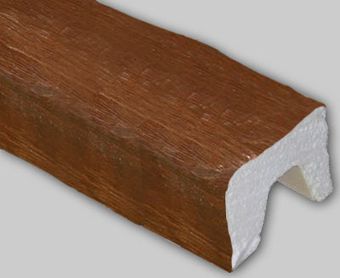 Decorative beams
Decorative beams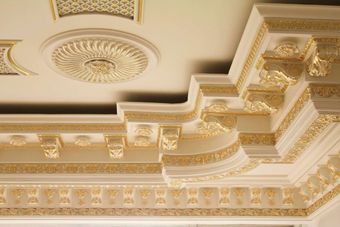 Smooth cornices
Smooth cornices Cornices with ornaments
Cornices with ornaments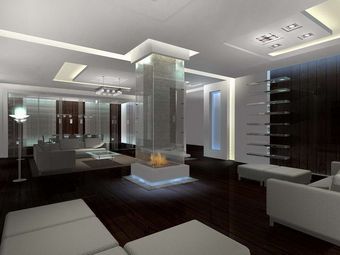 Concealed lighting cornices
Concealed lighting cornices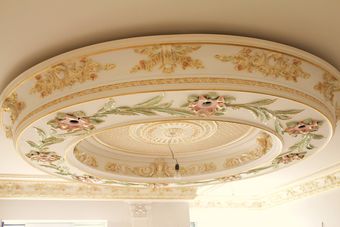 Polyurethane domes
Polyurethane domes Ceiling tiles
Ceiling tiles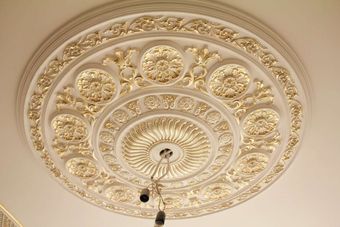 Decorative rosettes
Decorative rosettes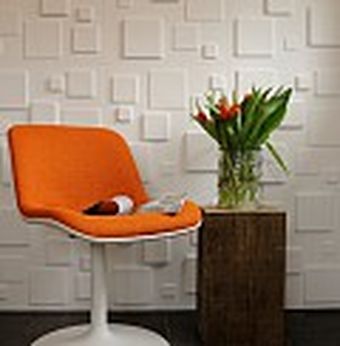 3D panels
3D panels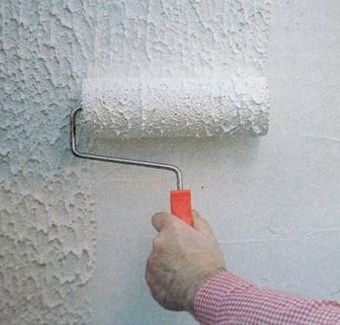 Liquid wallpaper
Liquid wallpaper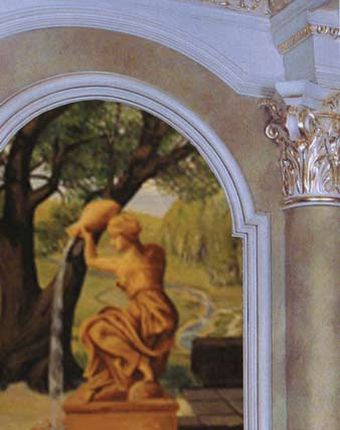 Door frame
Door frame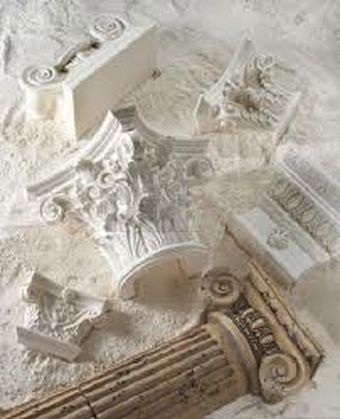 Columns and semi-columns
Columns and semi-columns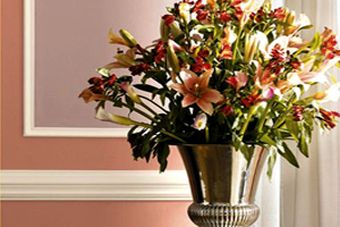 Moldings
Moldings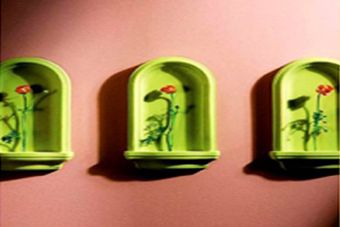 Wall niches
Wall niches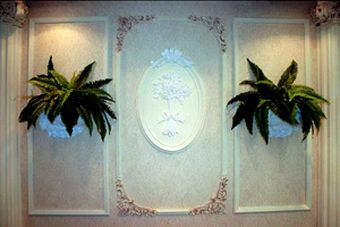 Ornaments, panels
Ornaments, panels Fireplace panels
Fireplace panels Pilasters
Pilasters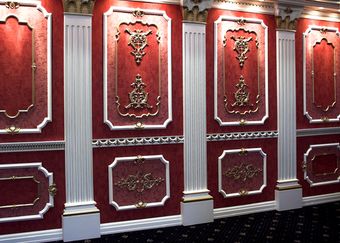 Corner elements
Corner elements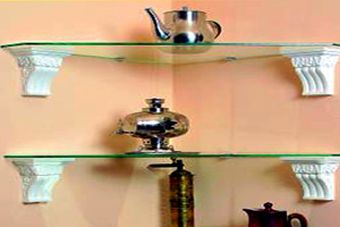 Brackets, consoles
Brackets, consoles Photo paintings
Photo paintings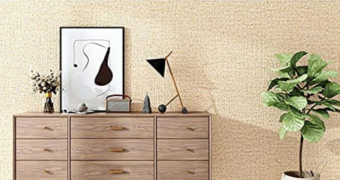 Texture wallpaper
Texture wallpaper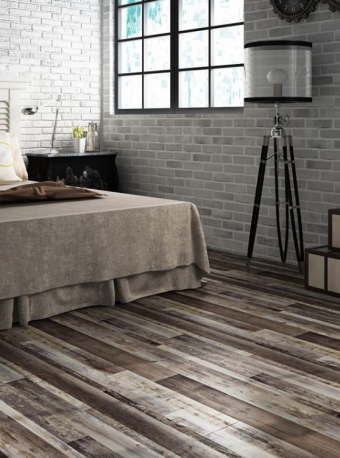 Self-adhesive tiles
Self-adhesive tiles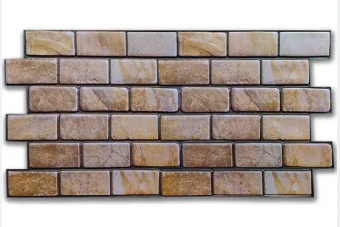 Decorative PVC sheet panels
Decorative PVC sheet panels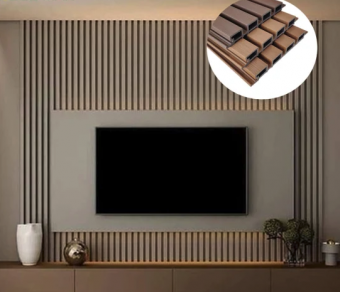 WPC Decorative Wall Slats
WPC Decorative Wall Slats Carpets
Carpets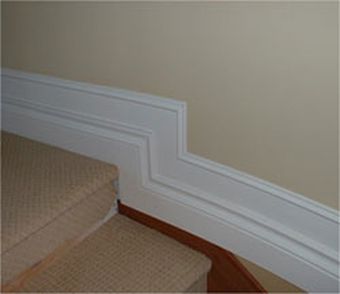 Floor skirting boards
Floor skirting boards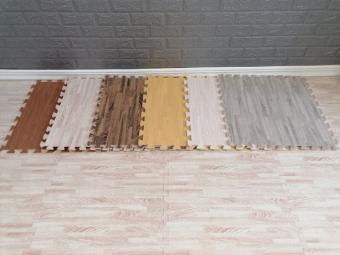 Soft floor puzzle
Soft floor puzzle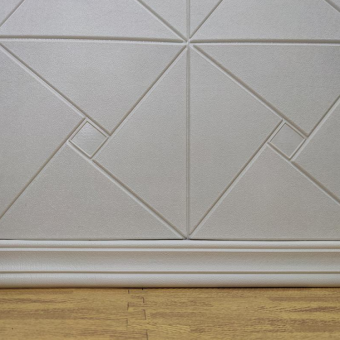 Self-adhesive skirting board
Self-adhesive skirting board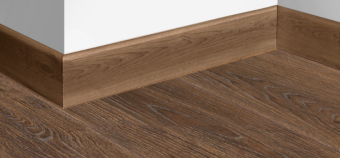 MDF plinth
MDF plinth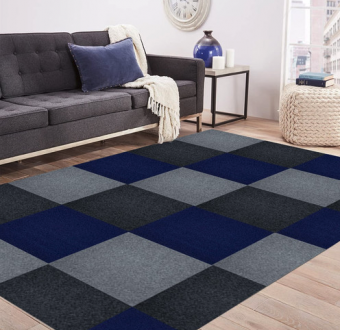 Self-adhesive carpet
Self-adhesive carpet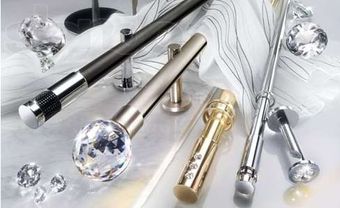 Curtain rods
Curtain rods Window sills
Window sills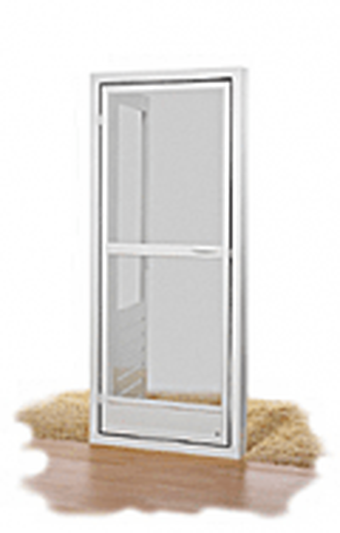 Mosquito net
Mosquito net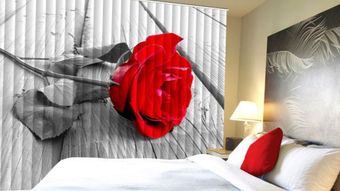 Photoblinds
Photoblinds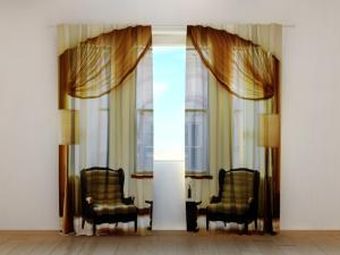 Photo curtains
Photo curtains Roller blinds (roller blinds)
Roller blinds (roller blinds)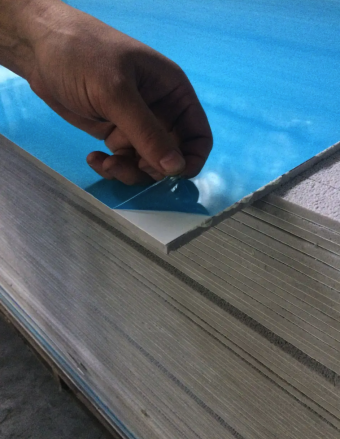 Sandwich panels
Sandwich panels Window sills
Window sills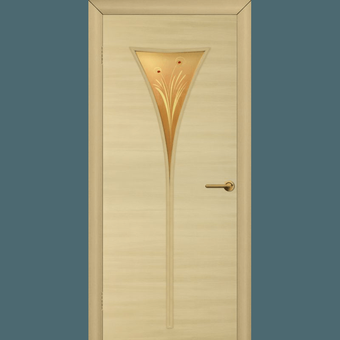 Doors Omis
Doors Omis Liquid nails and glue
Liquid nails and glue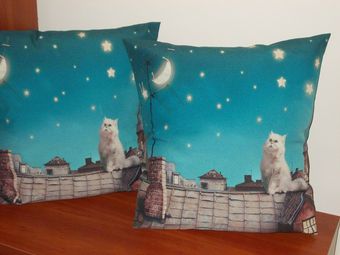 Photobed
Photobed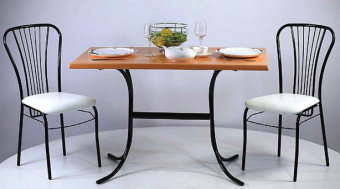 Table tops
Table tops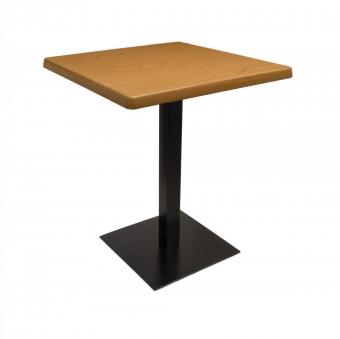 Table supports
Table supports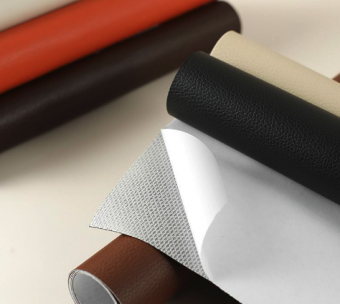 Self-adhesive eco-leather
Self-adhesive eco-leather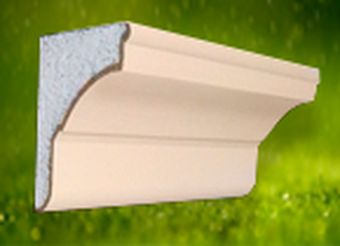 Cornices for facade
Cornices for facade Moldings for facade
Moldings for facade Columns, pilasters
Columns, pilasters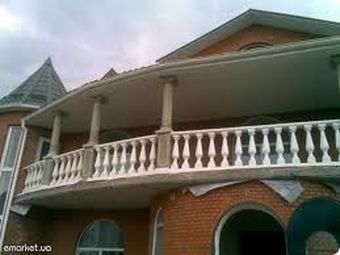 Balustrades, balusters
Balustrades, balusters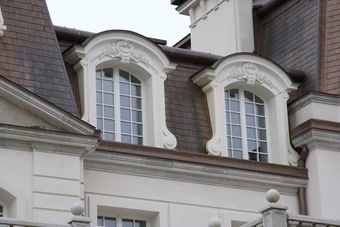 Window framing
Window framing Bassages, rustics, castles
Bassages, rustics, castles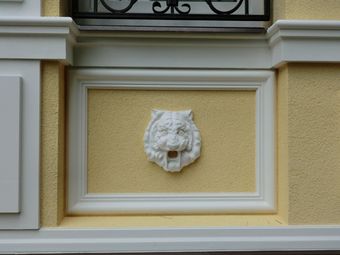 Sandriks, decor, bas-relief
Sandriks, decor, bas-relief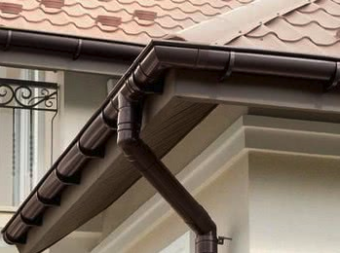 Drainage systems
Drainage systems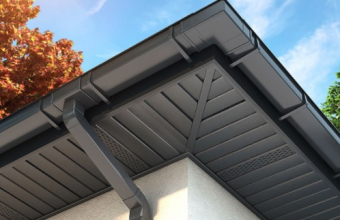 Soffits
Soffits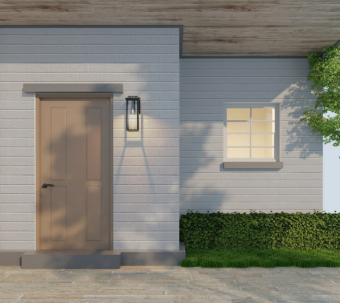 Facade panels
Facade panels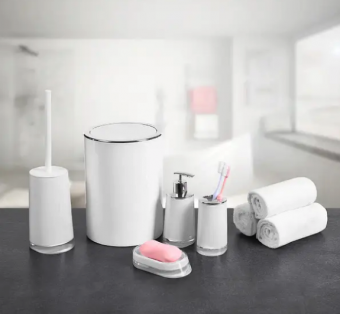 Bathroom accessories
Bathroom accessories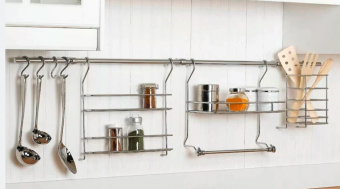 Kitchen accessories
Kitchen accessories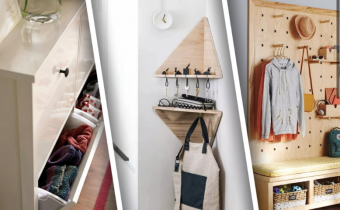 Accessories for the hallway
Accessories for the hallway Accessories for cosmetics
Accessories for cosmetics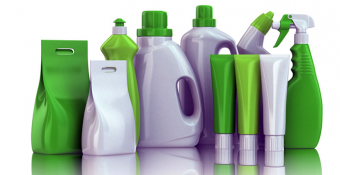 Household chemicals
Household chemicals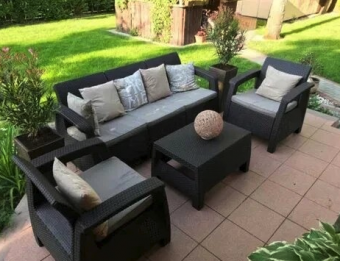 Materials for street decoration
Materials for street decoration